Home>Garden Essentials>When To Plant Perennial Seeds
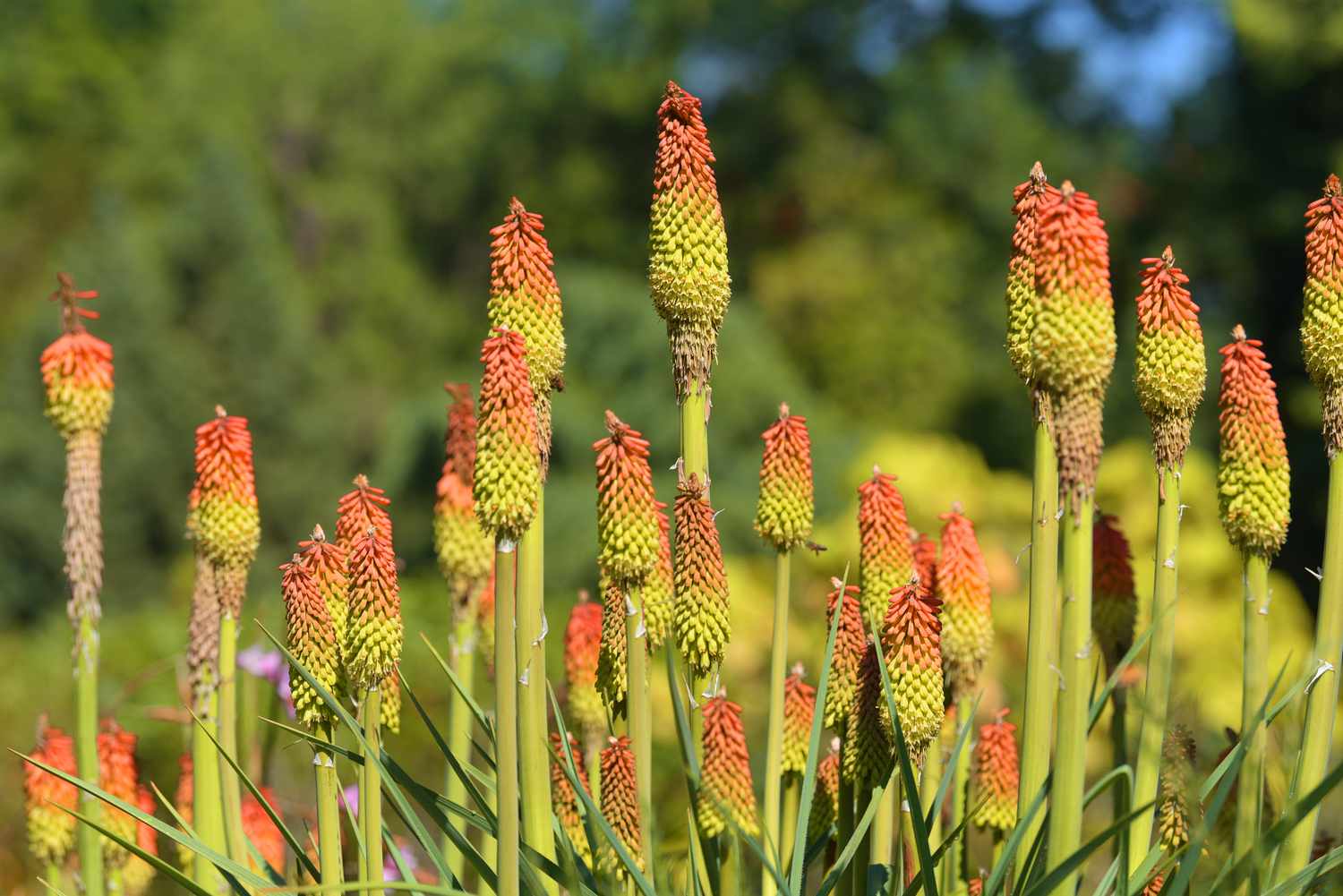

Garden Essentials
When To Plant Perennial Seeds
Modified: March 15, 2024
Learn the best time to plant perennial seeds in your garden and ensure a beautiful and flourishing flowerbed. Discover expert tips and advice for successful gardening.
(Many of the links in this article redirect to a specific reviewed product. Your purchase of these products through affiliate links helps to generate commission for Storables.com, at no extra cost. Learn more)
Introduction
Welcome to the world of perennial gardening! There’s nothing quite like watching a tiny seed turn into a beautiful and long-lasting plant, bringing joy and color to your garden year after year. If you’re new to gardening or looking to add more perennials to your existing landscape, one of the most important factors to consider is when to plant perennial seeds. Timing plays a crucial role in the success of your seedlings, as it directly affects their ability to establish strong root systems and survive through various weather conditions.
Many gardeners make the mistake of assuming that perennial seeds can be planted at any time of the year. However, planting at the wrong time can lead to poor germination rates, weak seedlings, and even plant failure. To ensure the best possible outcomes and give your perennial seeds the best chance of success, it’s essential to understand the optimal planting times based on your specific climate zone, as well as other factors that can influence the growth and development of your plants.
In this article, we will explore the importance of choosing the right time to plant perennial seeds, factors to consider before planting, the best planting times based on climate zones, seed stratification, soil preparation, step-by-step guide to planting perennial seeds, caring for seedlings, and common mistakes to avoid. By the end, you’ll have a solid understanding of when and how to plant perennial seeds, setting the stage for a beautiful and thriving garden.
Key Takeaways:
- Planting perennial seeds at the right time is crucial for their growth and survival. Consider your climate zone and seed stratification requirements to give your seeds the best chance of success.
- Proper soil preparation, care for seedlings, and avoiding common mistakes are essential for growing healthy and vibrant perennial plants. With patience and attention, your garden will flourish year after year.
Read more: When To Plant Native Perennials To Ohio
Importance of Choosing the Right Time
Choosing the right time to plant perennial seeds is crucial for their successful germination, establishment, and long-term growth. Here are a few reasons why timing matters:
- Optimal Growing Conditions: Different perennial plants have different temperature and light requirements. Planting seeds at the right time ensures that the environmental conditions are favorable for their growth and development. For instance, planting seeds too early in the spring when the soil is still cold and wet can lead to rotting or delayed germination, while planting too late in the season may not give the seeds enough time to establish before winter.
- Seasonal Adaptation: Perennial plants have natural adaptations that allow them to thrive in specific seasons. By planting seeds at the appropriate time, you allow the plants to align with their natural growth cycles, maximizing their chances of survival. This is especially important for regions with distinct seasons and temperature extremes.
- Establishment of Strong Root Systems: Proper timing plays a crucial role in the development of healthy and robust root systems. Planting perennial seeds at the right time allows them to take advantage of optimal soil conditions and available nutrients, which promotes healthy root growth. Strong roots provide a solid foundation for the plant and enhance its ability to withstand fluctuations in temperature, drought, and other environmental stressors.
- Flowering and Blooming Times: For gardeners who enjoy a variety of blooms throughout the year, planting perennial seeds at the right time ensures that the plants will flower and bloom when desired. Whether you prefer early spring blossoms, summer displays, or fall colors, timing the planting of your seeds allows you to create a well-rounded and visually appealing garden.
By carefully selecting the appropriate time to plant perennial seeds, you give your plants a head start and set them up for success. Understanding the specific needs of the plants you are growing and the conditions of your particular climate zone will help you make informed decisions about the timing of your planting activities.
Factors to Consider Before Planting Perennial Seeds
Before you sow those perennial seeds, there are a few important factors to consider. Taking these into account will help ensure the best chances of success for your seeds and ultimately lead to healthy, thriving perennial plants. Here are some key factors to keep in mind:
- Climate and Hardiness Zone: Understanding your specific climate and hardiness zone is essential for determining the suitable planting times for perennial seeds. Different plants have different temperature and sunlight requirements, and knowing your zone will help you select the right plants for your garden and plan their planting times accordingly.
- Planting Site and Soil Conditions: Assessing the characteristics of your planting site is crucial for the success of your perennial plants. Consider factors such as sunlight exposure, soil pH, drainage, and fertility. Different perennial plants thrive in different soil conditions, so choose seeds that are compatible with your site’s characteristics.
- Frost Dates: Frost dates play a significant role in determining when to plant perennial seeds. You’ll want to avoid planting seeds too early in the spring when the risk of frost is still high, as it can damage or kill young seedlings. Conversely, planting too late in the season may not allow the plants enough time to establish before winter arrives.
- Seed Viability and Freshness: The viability of perennial seeds decreases over time, so it’s important to use fresh seeds whenever possible. Check the seed packaging or supplier for the seed viability date and aim to plant them within that timeframe.
- Seed Stratification Requirements: Some perennial seeds require a period of cold stratification to break their dormancy and stimulate germination. Research your specific plant’s stratification requirements and prepare the seeds accordingly before planting.
- Companion Planting and Design: Consider the overall design and layout of your garden. Take into account factors such as plant height, color, and blooming seasons. Planning for companion plants that complement each other and provide support can enhance the overall aesthetic appeal of your garden.
By taking these factors into consideration, you can make informed decisions about the best time to plant your perennial seeds and create an environment conducive to their growth and success. Each factor contributes to the overall health and longevity of your plants, ensuring a beautiful and thriving garden for years to come.
Best Time to Plant Perennial Seeds Based on Climate Zones
The best time to plant perennial seeds varies depending on your specific climate zone. Understanding your climate zone and the corresponding planting times will help ensure successful germination and establishment of your perennial plants. Here are some general guidelines based on common climate zones:
- Tropical Climate Zones: In tropical regions where temperatures remain consistently warm and frost-free year-round, the best time to plant perennial seeds is during the cooler and wetter months. This allows the seeds to take advantage of the optimal growing conditions and establishes strong root systems before the hotter and drier seasons arrive.
- Temperate Climate Zones: In temperate regions with distinct seasonal changes, the ideal time to plant perennial seeds is typically in the spring or early summer, once the risk of frost has passed and the soil has warmed up. This provides the seeds with enough time to germinate, establish roots, and grow before the onset of winter.
- Subtropical Climate Zones: In subtropical regions where winters are mild, the best time to plant perennial seeds is in the fall or early winter. This takes advantage of the cooler temperatures and higher moisture levels, allowing the seeds to establish and develop strong root systems before the arrival of hot and dry summers.
- Arctic or Alpine Climate Zones: In extremely cold regions where frost and snow persist for long periods, the best time to plant perennial seeds is in late spring or early summer when the soil has thawed and warmed up. This gives the seeds a shorter growing season to establish before the onset of harsh winter conditions.
It’s important to note that these are general guidelines, and specific planting times can vary within each climate zone based on local conditions and the specific perennial plants you are growing. It’s always a good idea to consult local gardening resources, extension offices, or experienced gardeners in your area for more precise timing recommendations.
By aligning your planting activities with the optimal times for your climate zone, you can give your perennial seeds the best chance of success and enjoy a thriving garden throughout the year.
Understanding Seed Stratification and its Impact on Planting Time
Seed stratification is a process that some perennial seeds require to break their dormancy and stimulate germination. It involves subjecting the seeds to specific conditions of moisture and cold temperatures to simulate the natural environment they would experience in the wild. Understanding seed stratification and its impact on planting time is essential for successfully germinating and growing certain types of perennial seeds.
Many perennial seeds, especially those native to colder climates, have evolved mechanisms to ensure that they do not germinate too early in the season when the risk of frost is still high. These seeds have built-in dormancy mechanisms that prevent them from sprouting until the warmer and more favorable growing conditions of spring arrive.
Seed stratification helps to break this dormancy by providing the seeds with the necessary conditions to initiate germination. The process typically involves two main steps: cold stratification and moist stratification.
Cold Stratification: Cold stratification mimics the natural winter conditions which seeds would experience in their native habitats. This process involves exposing the seeds to a period of cold temperatures. The duration of cold stratification varies depending on the plant species, ranging from a few weeks to several months.
Moist Stratification: Moist stratification involves keeping the seeds in a moist environment during the cold stratification period. This ensures that the seeds remain hydrated and receptive to germination once the dormancy period is over.
Seed stratification impacts the planting time of perennial seeds because it prolongs the time it takes for the seeds to germinate. If your perennial seeds require stratification, you’ll need to plan ahead and start the stratification process before the desired planting time. This ensures that the seeds have enough time to complete the stratification period and are ready to germinate when the planting conditions are favorable.
It’s important to note that not all perennial seeds require stratification. Some seeds have naturally low dormancy and can germinate readily without the need for stratification. However, for those species that do require stratification, it’s important to provide the necessary conditions to maximize their chances of successful germination.
Understanding the specific stratification requirements of your perennial seeds is crucial for determining the appropriate planting time. Consult seed packets, gardening references, or reputable online sources to determine if your seeds require stratification and the recommended duration for the process.
By incorporating seed stratification into your planting plan, you can ensure the best possible germination outcomes for your perennial seeds and lay the foundation for healthy, thriving plants in your garden.
Plant perennial seeds in the fall to allow them to stratify over the winter, or in early spring after the last frost. This will give them the best chance of germinating and establishing strong root systems.
Read more: How To Plant Butterfly Perennial Seed Packet
Preparing the Soil for Planting Perennial Seeds
Preparing the soil is an important step before planting perennial seeds. Proper soil preparation creates an ideal environment for seeds to germinate, develop strong roots, and grow into healthy plants. Here are some steps to follow when preparing the soil:
- Clear the area: Start by clearing the planting area of any weeds, rocks, or debris. This ensures that the seeds have enough space to establish and reduces competition from unwanted vegetation.
- Loosen the soil: Use a garden fork or tiller to loosen the soil to a depth of at least 6-8 inches. Loosening the soil helps improve aeration, drainage, and root penetration.
- Remove grass and weeds: If the area is heavily infested with grass or weeds, consider removing the top layer of vegetation to reduce competition and give the perennial seeds a better chance to establish themselves.
- Improve fertility and texture: If the soil is lacking in organic matter or nutrients, consider adding compost or well-rotted manure to improve fertility. This will provide essential nutrients and improve soil structure for better drainage and moisture retention.
- Test and adjust pH: Use a soil testing kit to check the pH level of the soil. Most perennial plants prefer a slightly acidic to neutral soil pH. If the pH is too high or too low, adjust it by adding organic amendments such as sulfur or lime.
- Amend heavy clay or sandy soil: If your soil is heavy clay or sandy, consider incorporating organic matter to improve its texture. Adding compost, peat moss, or aged bark can help clay soils drain better and improve moisture retention in sandy soils.
- Level and smooth the soil surface: After amending the soil, level the surface using a rake or garden tool. This provides an even and smooth bed for sowing the perennial seeds.
Remember to follow specific guidelines provided for your perennial seeds regarding soil preferences. Some plants have specific soil requirements, and adapting the soil accordingly can enhance their growth and overall health.
Preparing the soil before planting perennial seeds sets the foundation for success. By creating a nutrient-rich, well-drained, and balanced soil environment, you provide the ideal conditions for seed germination and ensure that your plants have the best start possible.
Step-by-Step Guide to Planting Perennial Seeds
Planting perennial seeds properly is key to their successful germination and establishment. Follow this step-by-step guide to ensure that your perennial seeds have the best chance of growing into healthy and thriving plants:
- Select high-quality seeds: Choose high-quality perennial seeds from a reputable supplier. Look for fresh seeds with a high germination rate for optimal results.
- Prepare the soil: Follow the soil preparation steps mentioned earlier, ensuring that the soil is loose, well-drained, fertile, and at the appropriate pH level for your desired perennial plants.
- Sow the seeds: Carefully sow the perennial seeds according to the recommended spacing and depth specified on the seed packet. Generally, plant seeds no deeper than 2-3 times their diameter. Pat the soil gently to ensure good seed-to-soil contact.
- Water thoroughly: After planting, water the area thoroughly to provide the seeds with the moisture they need to germinate. Avoid overwatering, as this can lead to rotting or fungal diseases.
- Label and mark: Use plant labels or markers to identify the areas where you planted your perennial seeds. This will help you keep track of their progress and avoid accidentally disturbing or damaging them.
- Provide consistent moisture: Perennial seeds require consistent moisture for successful germination. Keep the soil evenly moist but not waterlogged. Use a gentle spray or misting nozzle to prevent washing away the seeds.
- Protect from pests and weeds: Take steps to protect your newly planted seeds from pests and weeds. Consider using row covers, netting, or organic pest control methods. Regularly remove any weeds that may compete with the emerging seedlings for nutrients and space.
- Monitor and maintain: Keep a close eye on your perennial seeds and seedlings. Monitor soil moisture levels, check for signs of germination, and provide appropriate care, such as thinning overcrowded seedlings to promote healthy growth.
- Transplant or thin as needed: As your perennial seedlings grow and develop, they may require thinning or transplanting to provide adequate space for continued growth. Follow the recommended spacing guidelines for your specific plants.
- Continue proper care: Once your perennial seeds have germinated and established, continue to provide proper care, including regular watering, fertilizing as needed, and protecting them from extreme weather conditions.
Remember that not all perennial seeds germinate at the same rate, so be patient and give them time to sprout and grow. With proper care and attention, your perennial seeds will transform into beautiful, long-lasting plants that bring joy and beauty to your garden for years to come.
Caring for Perennial Seedlings
Proper care for perennial seedlings is crucial for their healthy growth and development. Here are some essential tips to help you care for your perennial seedlings:
- Watering: Young perennial seedlings have delicate root systems that require consistent moisture. Water them regularly, aiming for a deep and thorough watering rather than frequent shallow watering. Avoid overwatering, as it can lead to root rot or fungal diseases.
- Mulching: Apply a layer of organic mulch around your seedlings to help conserve moisture, suppress weeds, and regulate soil temperature. Use materials such as straw, shredded bark, or compost. Ensure that the mulch is not directly touching the stems to prevent moisture-related issues.
- Weeding: Keep the area around your perennial seedlings free from weeds. Weeds compete with the seedlings for nutrients, water, and sunlight. Regularly pull out any weeds that may emerge, taking care not to disturb the shallow roots of the seedlings.
- Fertilizing: Young perennial seedlings benefit from a gentle feeding to promote healthy growth. Use a slow-release organic fertilizer or a diluted liquid fertilizer formulated for seedlings. Follow the package directions for the appropriate application rate and frequency.
- Providing support: Some perennial seedlings, especially those with tall or heavy blooms, may require support to prevent them from flopping over. Install stakes or cages around the seedlings early on to provide support as they grow.
- Pruning: As your perennial seedlings grow, monitor their size and shape. If any stems appear weak or leggy, you can trim them back to promote bushier growth and prevent flopping. Be sure to use clean, sharp pruning tools and make clean cuts just above a leaf node.
- Thinning: If you notice overcrowding or competition among the seedlings, thin them out to provide adequate space for each plant to grow. Follow the recommended spacing guidelines for your specific perennial plants to ensure healthy development.
- Protecting from pests and diseases: Regularly inspect your perennial seedlings for signs of pests or diseases. Take prompt action if you notice any issues, using organic pest control methods or seeking advice from local gardening resources. Preventative measures such as proper spacing, good air circulation, and regular sanitation can help minimize pest and disease problems.
- Adjusting for weather changes: Gradually acclimate your perennial seedlings to outdoor conditions if they have been started indoors or in a protected environment. Expose them to increasing amounts of sunlight and outdoor temperatures over a period of time to prevent shock.
- Monitoring and learning: Regularly observe your perennial seedlings and take note of their growth, appearance, and any potential issues that arise. Learning from your observations and experiences will help you refine your future care practices and improve your gardening skills.
With proper care and attention, your perennial seedlings will grow into strong, resilient plants that will continue to grace your garden with their beauty year after year. Keep in mind that each perennial plant may have specific care requirements, so it’s essential to research and understand the needs of the specific plants you are growing.
Common Mistakes to Avoid When Planting Perennial Seeds
Planting perennial seeds can be an exciting and rewarding experience, but there are some common mistakes that gardeners often make. By being aware of these errors and taking steps to avoid them, you can increase the chances of success for your perennial seedlings. Here are some common mistakes to avoid when planting perennial seeds:
- Planting at the wrong time: Timing is crucial when it comes to planting perennial seeds. Planting too early or too late in the season can result in poor germination rates or seedlings that don’t have enough time to establish before unfavorable conditions arrive. Research the optimal planting times for your specific plants and climate zone.
- Failure to prepare the soil: Neglecting proper soil preparation can hinder the growth and development of your perennial seedlings. Take the time to loosen the soil, remove weeds, improve fertility, and address pH imbalances before planting. This sets a solid foundation for healthy growth.
- Planting seeds too deep or too shallow: Improper seed depth can lead to poor germination. Plant seeds at the recommended depth specified on the seed packet, generally no deeper than 2-3 times their diameter. Planting too deep can prevent the seedlings from reaching the surface, while planting too shallow may expose them to drying out or being washed away by heavy rain.
- Overwatering or underwatering: Finding the right balance of moisture is essential for perennial seedlings. Avoid overwatering, as it can lead to damping-off disease or root rot. Conversely, underwatering can cause seedlings to wither and die. Provide consistent and appropriate moisture levels, allowing the soil to dry slightly between waterings.
- Ignoring seed stratification requirements: Some perennial seeds require stratification to break dormancy and ensure successful germination. Skipping or improperly executing the stratification process can result in low germination rates or delayed growth. Follow the recommended stratification methods for your specific plants.
- Crowding seedlings: Overcrowding seedlings inhibits their growth and can lead to competition for resources. Follow the recommended spacing guidelines for your specific perennial plants and thin out seedlings if necessary to provide adequate room for each plant to thrive.
- Neglecting pest and weed control: Failing to address pests or weeds can have a detrimental impact on your perennial seedlings. Regularly monitor your plants for signs of pests or diseases and take prompt action if issues arise. Keep the area around your seedlings weed-free to minimize competition for nutrients and space.
- Not acclimatizing seedlings: If your perennial seedlings have been started indoors or in a protected environment, it’s important to gradually acclimate them to outdoor conditions. Sudden exposure to direct sunlight or extreme temperatures can shock the seedlings and stunt their growth. Gradually expose them to outdoor conditions over a period of time.
- Ignoring specific plant requirements: Different perennial plants have specific needs when it comes to sunlight, soil conditions, and overall care. Ignoring these specific requirements can lead to poor growth or even plant failure. Research the needs of your perennial plants and provide the appropriate conditions for their success.
- Not learning from failures: Gardening is a learning process, and setbacks may occur. If you face challenges or encounter failures with your perennial seedlings, take the opportunity to learn from them. Assess what went wrong, adjust your approach, and make improvements for future planting endeavors.
By avoiding these common mistakes, you can set your perennial seeds on the path to successful growth and enjoy a beautiful and thriving garden filled with vibrant and long-lasting perennial plants.
Read more: When To Plant Datura Seeds
Conclusion
Planting perennial seeds is a rewarding endeavor that allows you to witness the marvels of nature as tiny seeds transform into beautiful and long-lasting plants. By understanding the importance of choosing the right time to plant, considering factors such as climate zones and seed stratification, preparing the soil, and providing proper care, you can set your perennial seeds up for success.
Timing is critical when it comes to planting perennial seeds. Knowing the optimal planting times based on your climate zone ensures that the seeds receive the ideal conditions for germination and establishment. Taking the time to prepare the soil by clearing the area, improving fertility, and adjusting pH creates an environment where the seeds can thrive. Seed stratification, when required, should be done properly to overcome dormancy and promote the best germination rates.
Caring for your perennial seedlings involves providing consistent moisture, protecting them from pest and weed infestations, and offering support and proper nutrients. Avoiding common mistakes, such as improper planting depth, overcrowding, and neglecting specific plant requirements, is crucial to the successful development of your seedlings.
As your perennial seedlings mature, continue to monitor their growth, adjust care practices as needed, and ensure they have adequate space and support to flourish. Remember that gardening is a continuous learning process, and each experience provides an opportunity for growth and improvement.
With proper knowledge, planning, and care, you can enjoy the enchanting beauty of perennial plants in your garden for years to come. So, roll up your sleeves, gather your perennial seeds, and embark on a gardening journey that will fill your outdoor space with color, fragrance, and a sense of wonder.
Frequently Asked Questions about When To Plant Perennial Seeds
Was this page helpful?
At Storables.com, we guarantee accurate and reliable information. Our content, validated by Expert Board Contributors, is crafted following stringent Editorial Policies. We're committed to providing you with well-researched, expert-backed insights for all your informational needs.









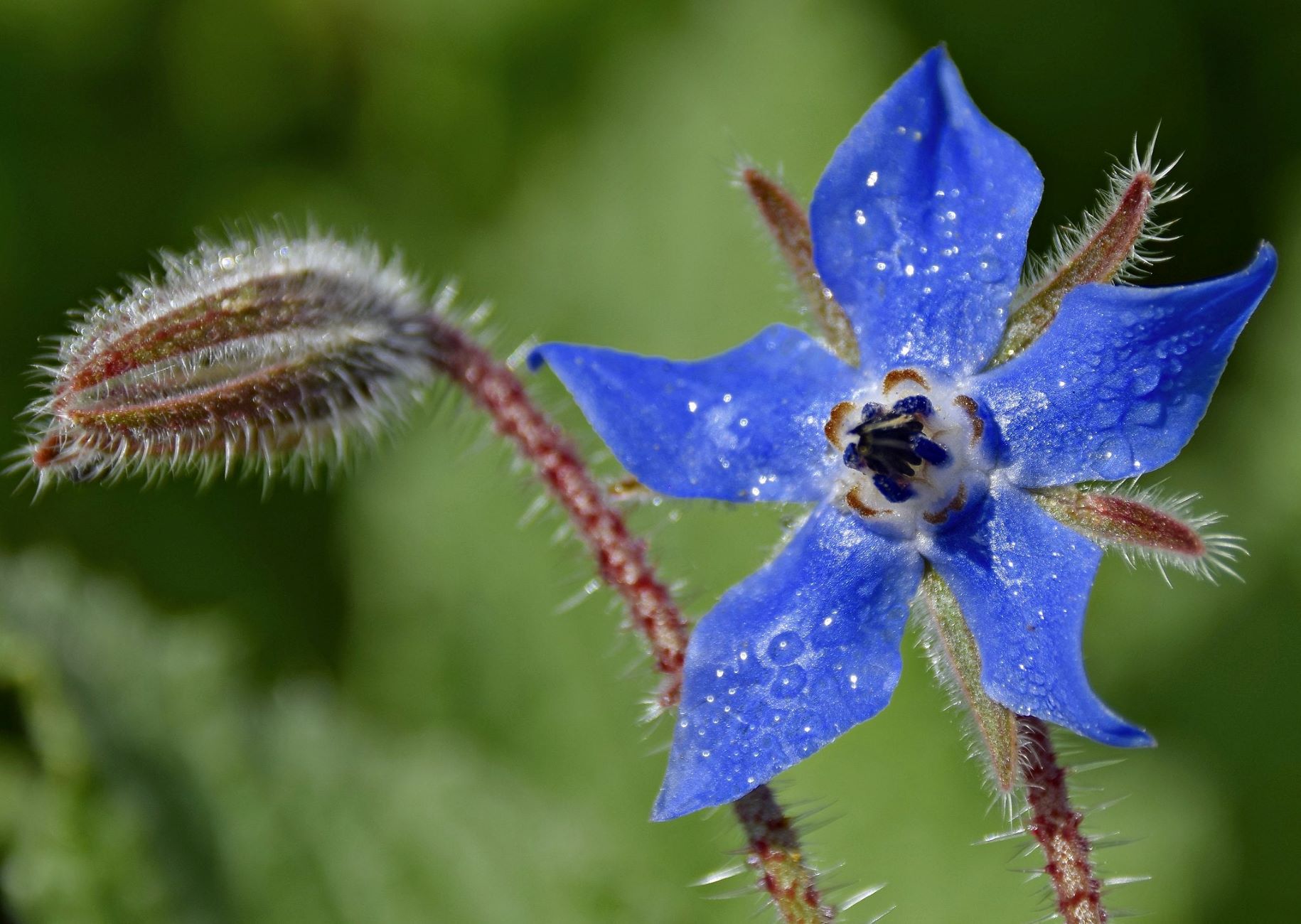
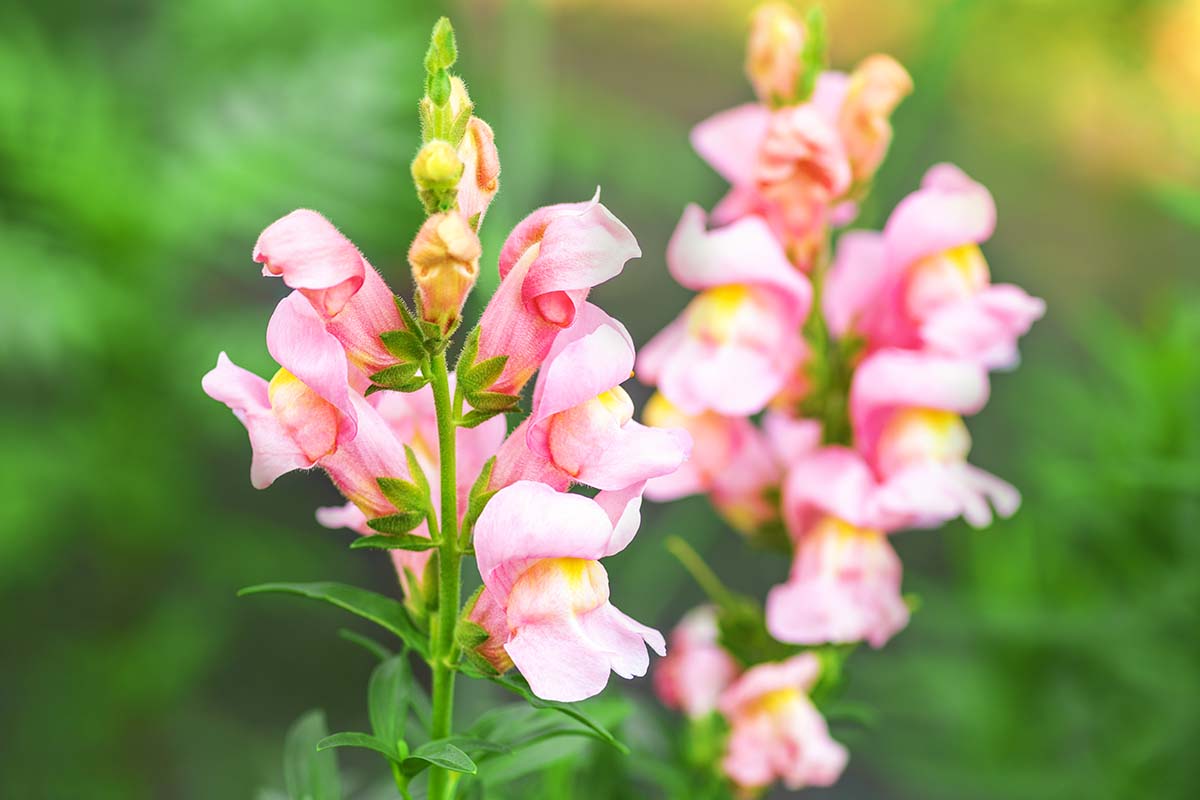
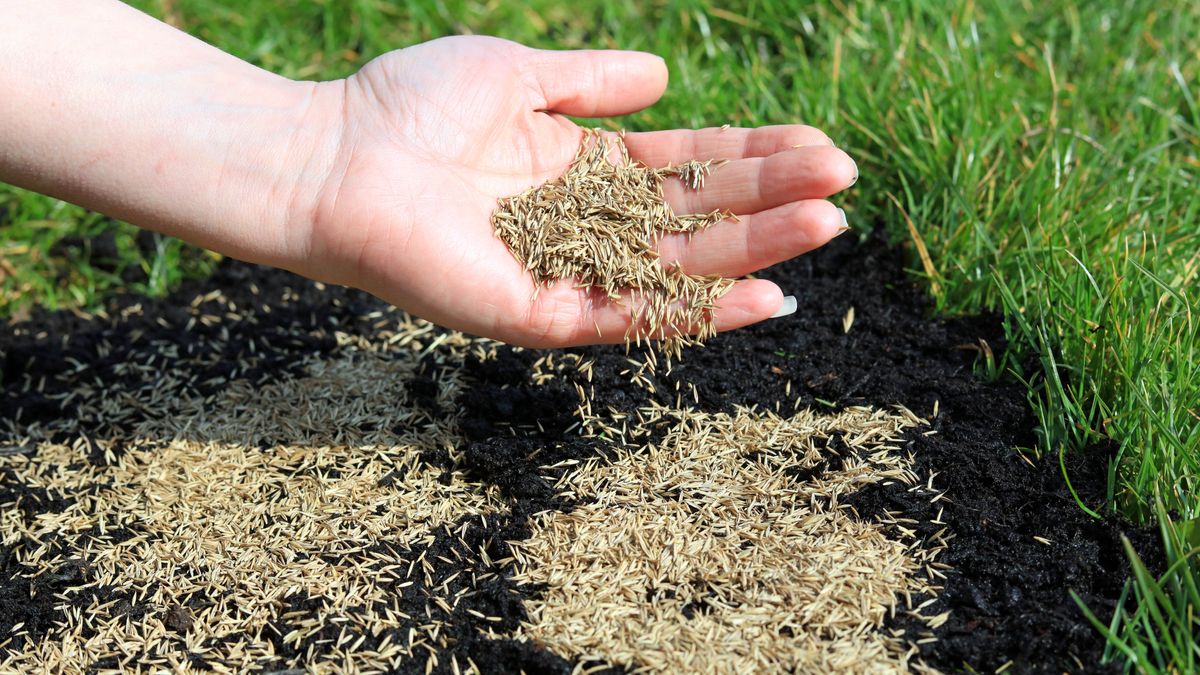
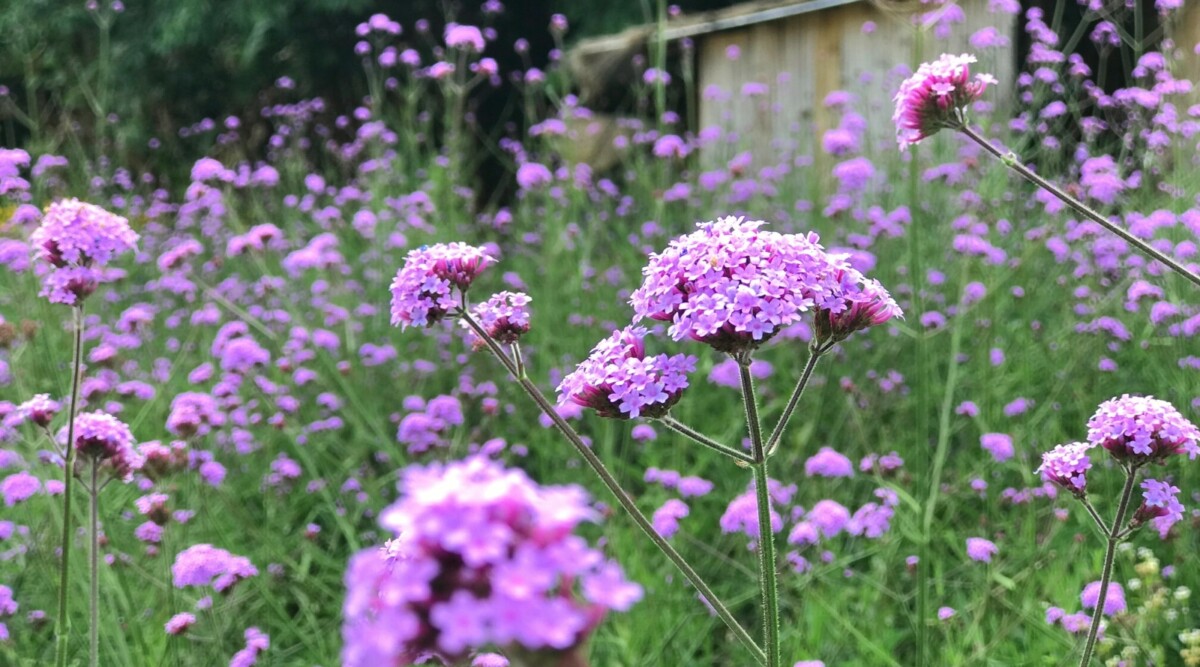

0 thoughts on “When To Plant Perennial Seeds”